- On December 3, 2021, the entire China-Laos Railway was opened to traffic
- After opening to traffic, it only takes more than 3 hours from Kunming to Jinghong, Xishuangbanna Dai Autonomous Prefecture, and to Vientiane, Laos to achieve direct transportation and same-day access

Recently, a reporter sat on the first train of the China-Laos Railway, took out a coin and stood on the windowsill to see how long it would take for it to fall. This is also an item that many travelers are keen to "check in". Why do coins last so long? This is related to the seamless connection of long rails, and it is also inseparable from the fine-tuning work of railway workers.

"Tud tug ... Dangdang ..." The reporter came to the Eshan Station of the domestic Yuxi to Mohan section of the China-Laos Railway. At this time, mechanical sounds came one after another, and the employees of the Kaiyuan Construction Section of China Railway Kunming Bureau Group Co., Ltd. were busy refining the track. Adjust work.
"Decrease 0.3 mm, decrease 0.4 mm, add 0.1 mm..." Liu Zhijie, the person in charge of construction on site, held the gauge ruler, bent over step by step, carefully measured the geometric dimensions of the track, and marked the gauge error on the sleepers, for the diversion operators Provides precise adjustment values.

"Fine adjustment construction is to finely adjust parameters such as the geometry of the line and the design elevation of the track surface to improve the smoothness of the line." Liu Zhijie said that there will be some fluctuations that cannot be observed with the naked eye. When the train is running at high speed, even if it is only 1 The error of millimeters will affect the comfort of passengers.

"In order to achieve the specified value, we have to fine-tune it again and again." said Tang Hongbing, assistant engineer of the Public Works Maintenance Technology Center of the Pu'er Infrastructure Section of the Kunming Bureau Group Company. The target of the China-Laos Railway's track quality index (hereinafter referred to as "TQI value") is 2.5mm, fine-tuning construction workers are competing with a few tenths of a millimeter every day.
"The smaller the TQI value, the better the line condition." Tang Hongbing said that the TQI value of the general-speed railway is mostly about 7 mm, while the China-Laos railway requires it to be within 2.5 mm, so that the track is flatter and straighter, and the train passes more smoothly. . In order to 100% meet the engineering accuracy requirements, the Pu'er infrastructure section has also set a TQI value target of 2.2 mm for self-promotion.
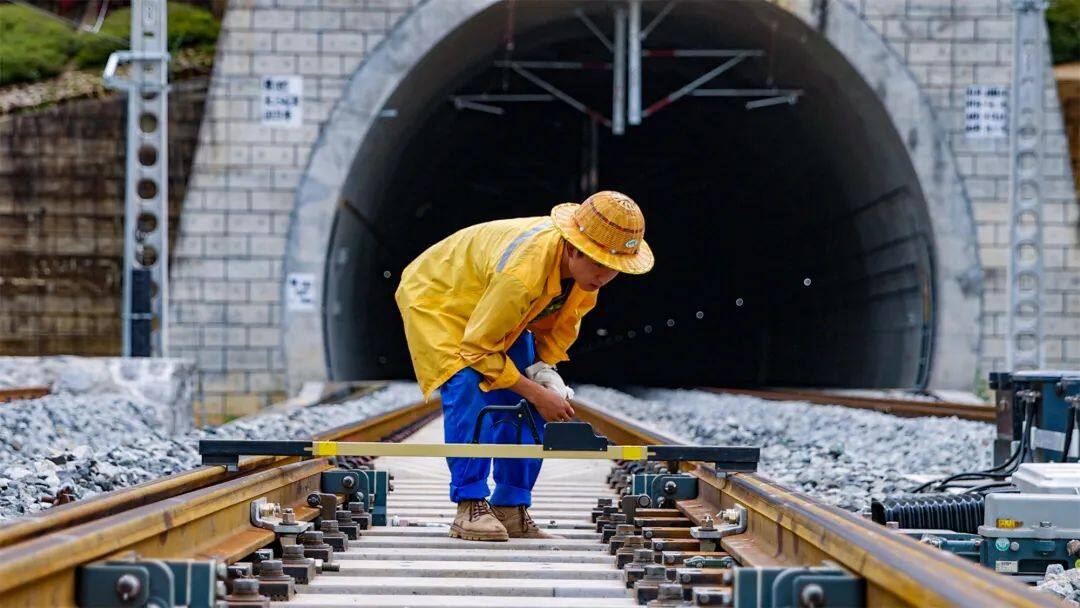
There are 160 railway fine-tuning engineers in the Pu'er infrastructure section, with an average age of only 28 years old, who undertake the task of fine-tuning the 202-kilometer China-Laos railway.
"Mastering fine-tuning skills is not only for completing tasks to meet the standards, but also for future maintenance work." Tang Hongbing said that the maintenance work after the opening of the China-Laos Railway is also responsible for the Pu'er Infrastructure Section.
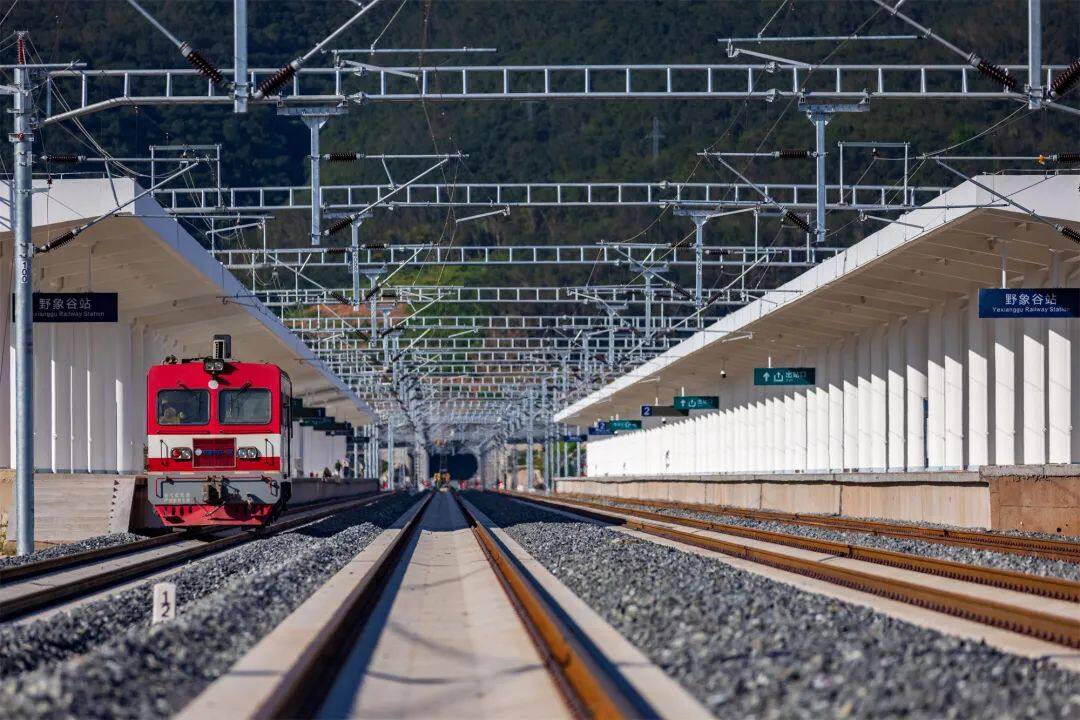
"It takes more than ten days for one fine-tuning point to go away." Zhang Gao, 35, is the backbone of the team's business. He has been busy with work and has been absent from his wife's repeated obstetric examinations.
"After the initial adjustment, a more accurate 'level 0' track detector will be used for retesting until the standard is met. Some sections need to be repeatedly adjusted seven or eight times to reach the standard." Tang Hongbing told reporters.
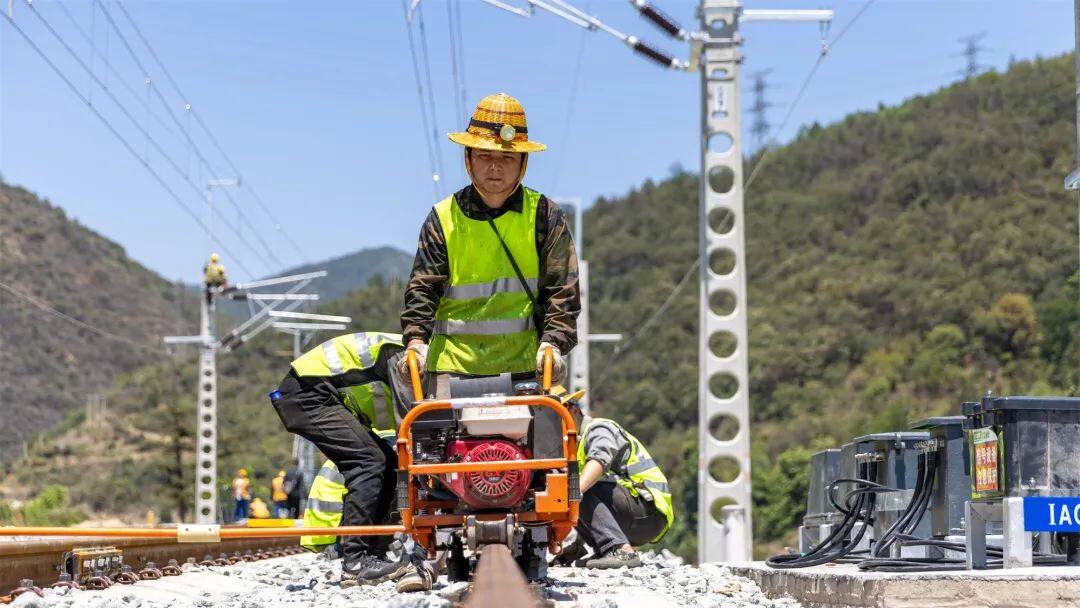
In order to complete the fine-tuning task on time and with high quality, these railway fine-tuners need to work continuously for more than 10 hours a day, walk 20,000 steps on average, bend over to check thousands of times, and adjust more than 1,000 sets of track fasteners per capita to ensure fine-tuning. One place, one good place, one place up to standard. Editor/He Yuting
Comment
 Praise
Praise
 Collect
Collect
 Comment
Comment
 Search
Search


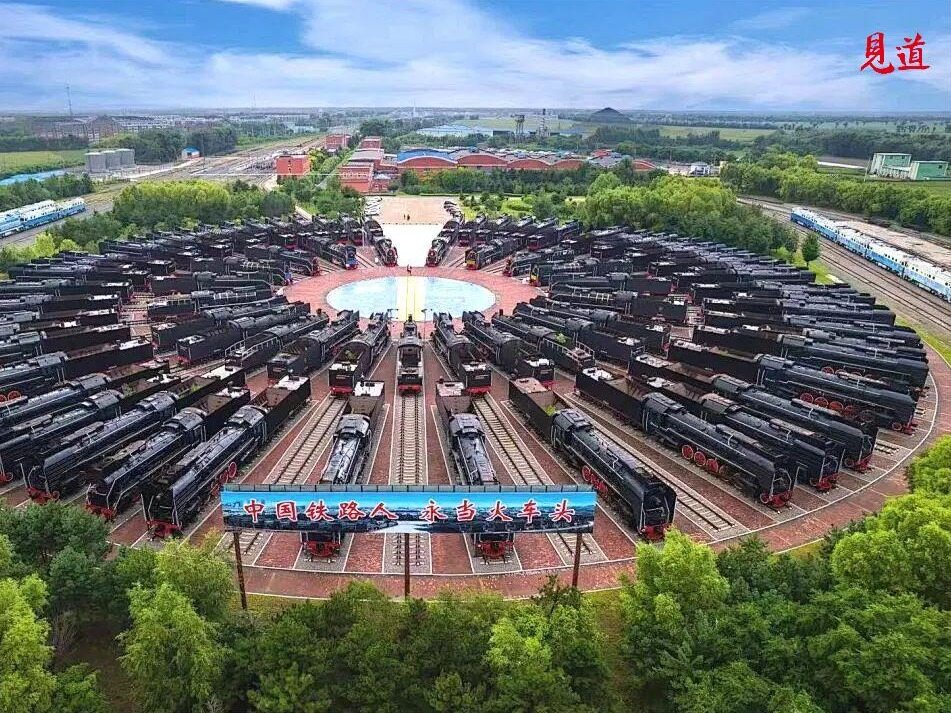


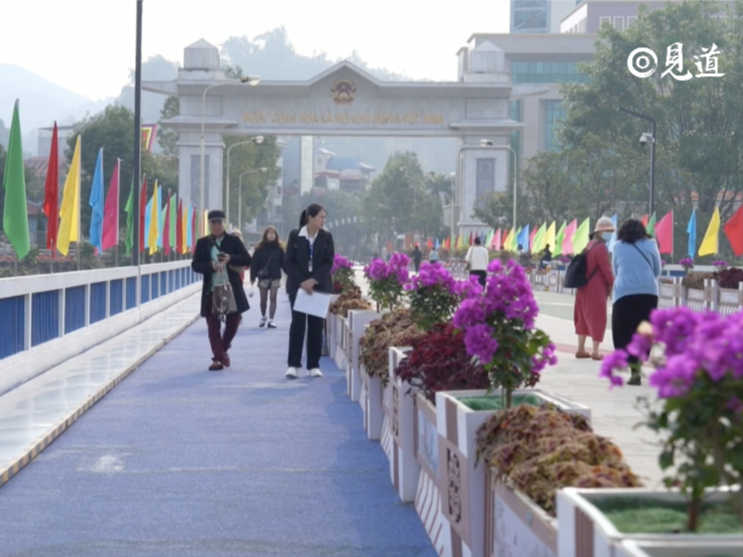

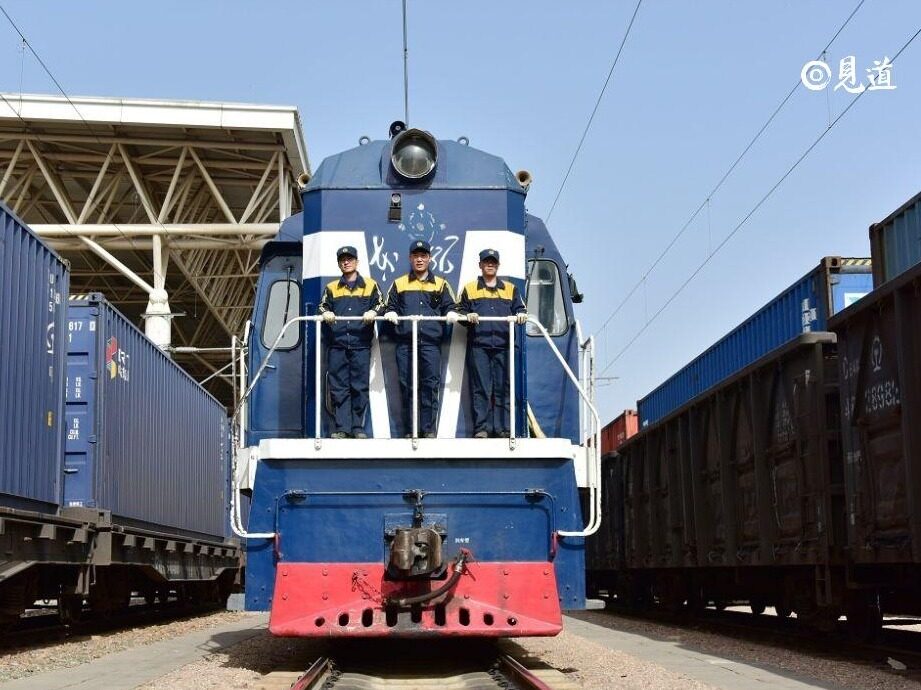






Write something~